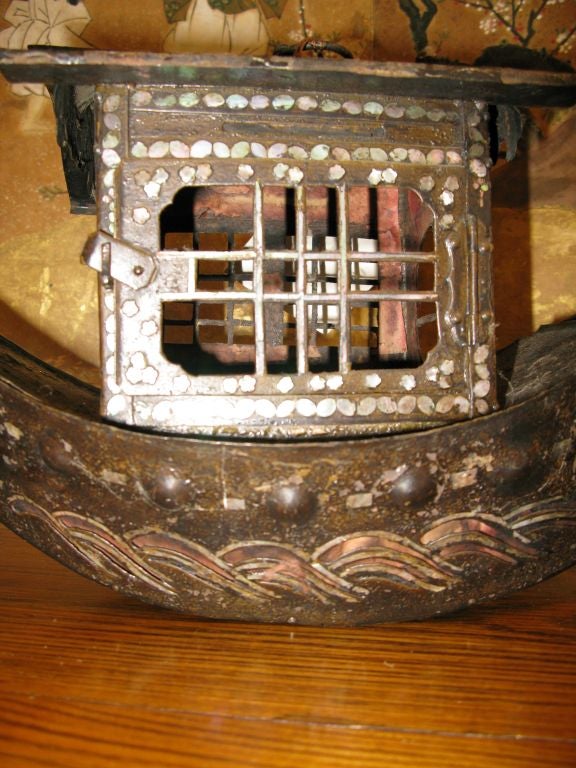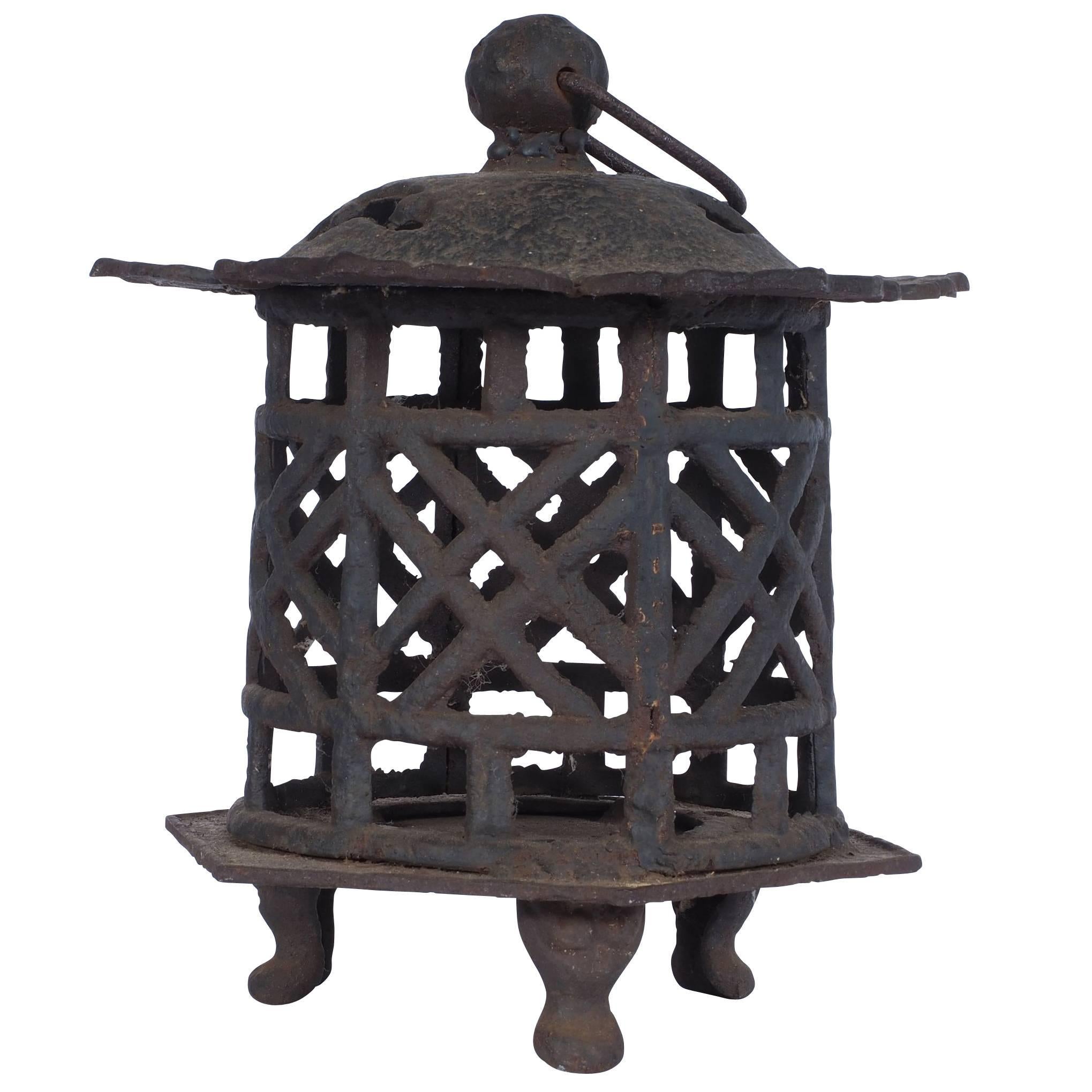


Many people come to Kyoto to escape from the hustle and bustle of big cities but then face the hordes of tourists at main sites. pine trees: strength circle-shaped pebbles: waves in the ocean and the transience of life turtle stones: longevity) Top 10 gardens listed below.

Most establishments offer their services in English as well to make it easier for visitors who don’t speak fluent Japanese.Įach Japanese garden element has special meanings (e.g. If you prefer, there are also different cuisines available in the area: Italian, Chinese, American, to name a few. A sports bar-type pub or hub where you can meet and make friends with friendly locals! This is also a great place to head to when you’re looking to enjoy and explore the nightlife in the city. You’d often find apprentice geisha, known as a maiko, heading off from one job to another. The lively street is not only littered all the way with bars and restaurants but is also the 2nd largest geisha area! Make sure to look out for them as they head in and out of the local teahouses. Today, Pontocho is one of Kyoto’s most visited areas for its wide range of dining options, from street foods or yakitori to local and modern cuisine. This used to be a place where merchants would sell goods from Osaka. In the city center, right near the riverbank, you can find the narrow alley called Pontocho (先斗町) that runs from Shijo-dori to Sanjo-dori. Wherever you go in Kyoto, you will always see the beautiful Kamogawa River running along the middle of the city. This is Kyoto’s liveliest bars & restaurants street which is also the 2nd largest geisha district in Kyoto. After all, the traditional setup and the experience are pretty much the same. In Japan hot springs are called “onsen” and it is illegal to call a public bath “onsen” if it does not have natural hot springs with certain minerals.įor most foreigners though, it does not matter if it is a public bath (a.k.a sento bath) or onsen. Unfamiliar with onsens and public bath culture in Japan? Take a look at our guide so you can avoid the culture shock! If you are okay with any public bath, I recommend Nishiki-yu in the downtown area or Goko-yu near the Gojo area. If you want a hot spring with mineral waters, then you need to go outside of Kyoto City such as Kurama onsen or Arima Hot Spring. Remember! There are no onsens in downtown Kyoto, but you can find multiple sentos or public baths instead. However, there are a number of tattoo-friendly onsens around Kyoto that provide exceptional service! Typically, visible tattoos are not allowed in the onsens and public baths because of their association with the Yakuza. The difference between them is that an onsen has multiple beneficial minerals and passes the strict requirements for hot springs in the country. “ Onsen” is the Japanese word for hot spring while “sento” is a public bath. BOOK Nishiki Market Tour with 20% DISCOUNT
#ANTIQUE JAPANESE LANTERN FREE#
There are many free samples! Make sure you bring cash since the stalls don’t accept credit cards. If you are not a fan of seafood, there are many places that serve red meat including Kobe beef. There are many other types of food to try including but not limited to: My most favorite is the baby octopus comes with a fried egg. Some notable places are the Sengyo Kimura Fish shop that was established in 1620, Aritsugu Knife Store run by one of the most famous blacksmith families of Japan and a 100 year old Daiyasu Oyster shop towards the end. With more than 600 different types of fresh food to try and countless food stall types of stores, the Nishiki market is heaven for food lovers. You can find many things to try from fried tofu dumplings to black sesame ice cream. This is where the chefs of local izakayas and renowned sushi restaurants come early in the morning to pick up the best catch. The market is also next to the Kyoto Samurai & Ninja Museum. Nishiki Market is called the Kitchen of Kyoto and has more than 100 types of food to try! This is recommended for foodies and as a destination for rainy days. Recently Starbucks and Hard Rock cafe opened branches in traditional buildings, not far from the vicinity. Don’t forget to check the historic streets and teahouses in the ninen zaka and sannen zaka areas which are right next to the temple. Kiyomizu temple has an amazing night view and night illuminations during most of the year. Kiyomizu temple is right next to the historic Yasaka shrine and only about a 10-minute walk from the Gion Geisha District.


 0 kommentar(er)
0 kommentar(er)
